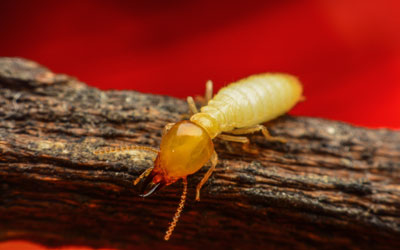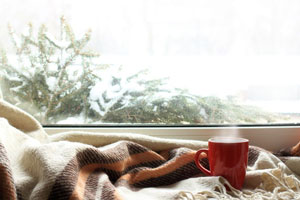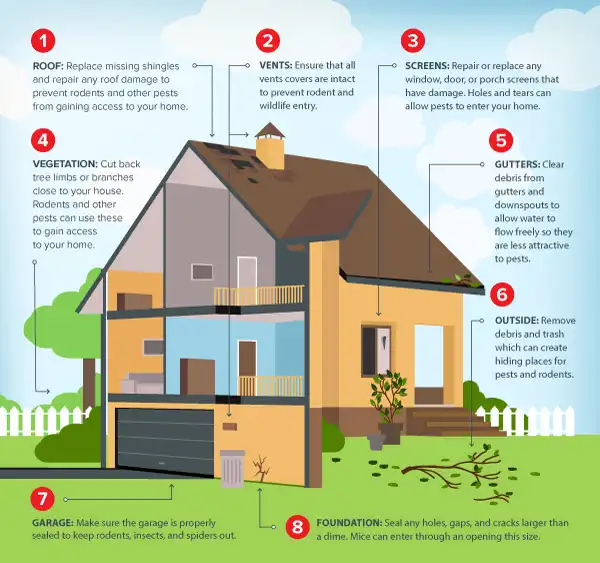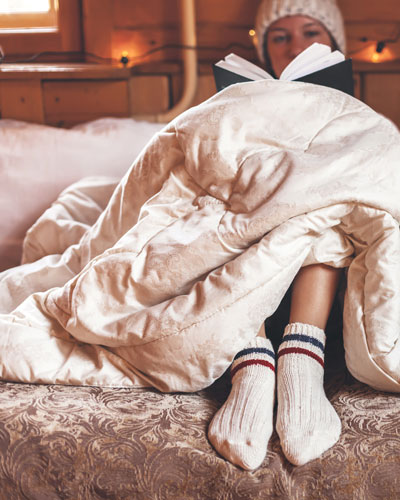Unlike other types of pests, termites remain active through the fall and winter. Rather than go dormant, termites continue to infest structures even in the colder months of the year. With our frigid winters in Wisconsin, these pests will simply tunnel deep into the soil for survival. Many assume termites are only active in the spring because that is when they will swarm, but the reality is these pests could be chewing their way through your home any time of the year. Because of this, it’s crucial to know how to look for signs of termites as well as how to protect your home from these pests. Keep reading for expert info from the team at Batzner!
Termite Life Cycle
Termites most often swarm in the spring or summer, but in rare cases, they can in the fall, too. Due to our Wisconsin climate, this is rare here. Nonetheless, a termite colony will remain active through the fall and winter inside whatever structure they’ve infested. The queen termite continues to reproduce and lay eggs all year long, which means a termite colony can grow at a constant rate.
This being said, termites need to stay warm in colder temperatures, which is why they will nest 25 to 30 feet down in the soil during the winter. This is why it’s unlikely to see termites this time of year. However, you can certainly still notice termite damage if you have a serious infestation on your hands.
What Does Termite Damage Look Like?
A termite problem can be ongoing for months before any damage begins to appear, which is one of the reasons why they’re so feared! The following damage manifesting in your property could indicate that you likely have a mature termite infestation on your hands:
- Mud tubes
- Discarded swarmer wings
- Termite frass (feces)
- Drywall discoloration
- Loose tiles or buckling floors
- Bubbling or uneven paint on walls
- Holes in drywall
- Crumbling wood
- Hollow-sounding wood
- Sagging sheetrock
Fall Termite Infestations
At all times of the year, it’s important to know how to look for signs of termites in your home. Just because they’re not swarming doesn’t mean you’re safe from an infestation. Contact us to learn more about how to keep your home protected from fall pest problems.



 Mice are infamous for squeezing through tiny spaces—even holes the size of a dime. For this reason, it’s crucial to thoroughly inspect your home for openings that may welcome rodents indoors in the winter.
Mice are infamous for squeezing through tiny spaces—even holes the size of a dime. For this reason, it’s crucial to thoroughly inspect your home for openings that may welcome rodents indoors in the winter.